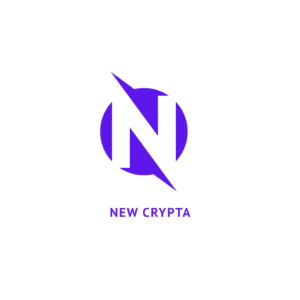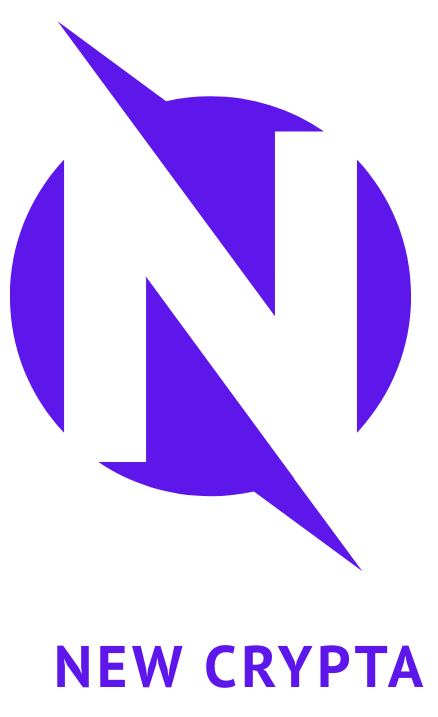Disclaimer: This article is for informational purposes only and does not constitute financial advice. BitPinas has no commercial relationship with any mentioned entity unless otherwise stated.
📬 Get the biggest crypto stories in the Philippines and Southeast Asia every week — subscribe to the BitPinas Newsletter.
Prediction markets recently reached an all-time high of more than $2 billion in weekly trading volume, surpassing levels seen during the 2024 U.S. presidential election.
BitPinas is partnering with EveryX to add market sentiment data and predication-based insights to our crypto and web3 coverage.
$2 Billion All-Time High
Data from Dune Analytics shows that Polymarket and Kalshi, the two largest prediction market operators, are driving the boom, each handling close to $1 billion in weekly trades.

Based on data from the past week, Polymarket topped the prediction market with a nominal trading volume of $1.062 billion, followed by Kalshi at $950 million. Limitless and Myriad posted $21.93 million and $3.85 million, respectively.
In trade count, Kalshi led with 3.575 million transactions, trailed by Polymarket with 2.586 million. Limitless and Myriad registered 378,000 and 66,000 trades, respectively.
Is the Prediction Markets Industry Now Booming? — EveryX
In a response to BitPinas, EveryX CEO Hayate Matts stressed that despite the milestone, the industry remains small compared to other financial markets, with crypto trading volumes reaching up to $800 billion weekly and global forex trades averaging $7 trillion daily.
“Crossing $2 billion in weekly volume is a huge step, but in the bigger picture, it’s still tiny compared to other markets.”
Hayate Matts, CEO, EveryX
Note: BitPinas partnered with EveryX to use its data to complement its reporting and produce specific news stories.
Spike in Activity

The spike in activity is attributed to heightened betting on the upcoming New York City mayoral election and the 2026 Super Bowl, alongside broader adoption of event-based trading.
Industry analysts say the rise marks a new phase for prediction markets, which blend the mechanics of trading and gambling by allowing users to buy and sell “shares” in the outcomes of real-world events.
Moreover, a friendlier U.S. regulatory environment, bolstered by recent CFTC no-action letters granting Polymarket and Kalshi permission to serve U.S. users, has also played a key role in the renewed growth.
In addition, the industry is attracting major institutional interest.
- Polymarket was reportedly in early discussions with investors for a new funding round that could value the company between $12 billion and $15 billion, according to Bloomberg.
- The valuation represents a 10x increase from its $1 billion valuation in June 2025, when it raised $200 million led by Peter Thiel’s Founders Fund.
- Kalshi previously raised $300 million at a $5 billion valuation and is now seeking further funding that could push its valuation above $10 billion, per Bloomberg.
- Polymarket and Kalshi also recently signed multiyear licensing deals with the NHL, marking the first time a professional sports league allowed its trademarks to be used by prediction markets outside traditional sportsbooks.
- Intercontinental Exchange (ICE), the parent company of the New York Stock Exchange, recently invested $2 billion in Polymarket, while Kalshi closed a $300 million Series D round led by a16z and Sequoia, valuing the company at $5 billion.
- Crypto exchange Coinbase also participated in the round, which is noted to highlight the growing crossover between traditional finance, crypto, and predictive trading.
Analysts point to two main forces behind the surge: the expansion into sports prediction markets and the integration of blockchain technology, which brings transparency and real-time pricing to event contracts.
- Sports betting now accounts for over 70% of Kalshi’s activity, while Polymarket continues to dominate politically driven markets.
According to a Certuity report, prediction markets could grow to $95.5 billion by 2035, representing a compound annual growth rate of nearly 47%.
Accessibility Drives Mainstream Adoption — EveryX

Matts attributed the surge to the growing accessibility and simplicity of prediction markets. According to him, the accessibility allows users to trade global events such as politics, crypto, sports, and entertainment without the technical barriers of traditional trading.
“We’re seeing prediction markets finally break into the mainstream because they make trading simple and relatable… It’s just yes or no. If you follow the news and have an opinion, you can trade it. That simplicity lowers the barrier dramatically; it brings all the everyday people who were once turned off by how complicated trading used to be.”
Hayate Matts, CEO, EveryX
He added that traditional trading often intimidates newcomers due to its reliance on charts, leverage, and complex analysis. Prediction markets, by contrast, simplify the process, enabling anyone who follows current events to participate. Matts also pointed out that the improved user experience, faster onboarding, and a wider selection of topics beyond U.S. politics have further lowered barriers to entry.
Global Expansion and Evolving Use Cases Ahead
Looking ahead, Matts said prediction markets are poised for global expansion in the next three to five years as regulatory clarity improves.
According to him, the prediction market industry is currently dominated by two major platforms, Polymarket and Kalshi, but more competitors are expected to enter as the sector grows. He compared the market’s trajectory to mature industries such as forex, cryptocurrency, and stock trading, where no single platform holds dominance and each offers unique advantages and target audiences.
In addition, Matts shared his belief that the industry will evolve beyond trading to serve as key tools for gauging public sentiment, potentially replacing traditional polling methods.
“Beyond trading, these markets will become a core tool for measuring social sentiment. Instead of traditional polling or surveys, governments, researchers, and media outlets will rely on market data, aggregated from millions of real-money predictions, to understand public expectations in real time.”
Hayate Matts, CEO, EveryX
He added that more specialized markets are likely to emerge, focusing on areas such as esports, politics, and regional events.
EveryX is a blockchain-based prediction market platform that enables users to make real-money forecasts on the outcomes of future events, this includes crypto assets, politics, entertainment, sports, and more. He shared that EveryX is introducing a new model as the world’s first prediction market with leverage, designed to attract users seeking greater flexibility and higher potential returns.
This article is published on BitPinas: Why Prediction Markets Reached $2B in Trading Volume, Surpassing 2024 US Election volume
What else is happening in Crypto Philippines and beyond?




